
Beyond the Enigmatic Smile: A Multi-Disciplinary Deconstruction of Leonardo da Vinci’s Mona Lisa
The Mona Lisa, painted by Leonardo da Vinci between 1503 and 1506 (with possible later…


The Mona Lisa, painted by Leonardo da Vinci between 1503 and 1506 (with possible later revisions), is arguably the most renowned portrait in art history. Housed in the Louvre Museum in Paris, this painting transcends its medium, embodying the intellectual spirit of the Renaissance, the evolution of humanist aesthetics, and the enduring fascination with psychological…
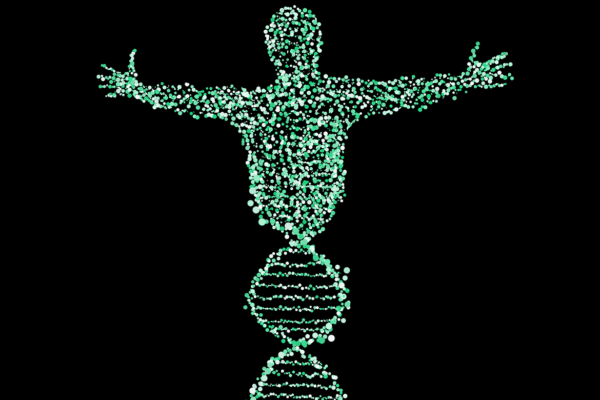
The discovery of DNA’s structure as a double helix by James Watson, Francis Crick, Rosalind Franklin, and Maurice Wilkins in 1953 marked a pivotal moment in science. This breakthrough unveiled the molecular basis of heredity, fundamentally altering our understanding of life and catalyzing advancements across multiple disciplines. The understanding of DNA’s structure has revolutionized numerous…
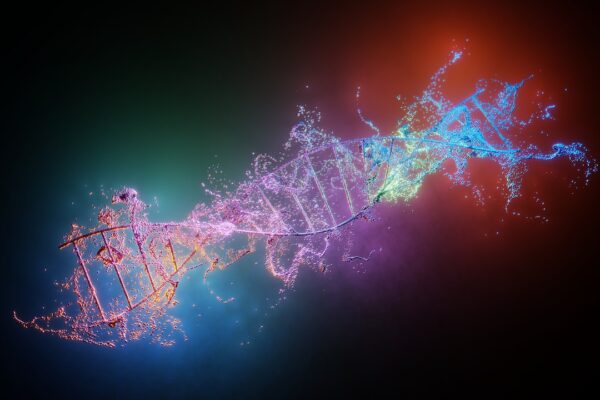
Deoxyribonucleic acid (DNA) is the fundamental molecule that carries the genetic instructions for building all living organisms. Often referred to as the “blueprint of life,” DNA encodes the information necessary for the development, functioning, and reproduction of organisms, from the simplest bacteria to complex multicellular beings like humans. What is DNA? DNA is a long…

Atheism, a stance defined by the absence of belief in gods or deities, is a significant philosophical and cultural phenomenon. This article provides an informative overview of atheism, its historical evolution, modern manifestations, key ideas, and notable figures, supported by data and facts for a comprehensive understanding. What is Atheism? Atheism refers to the lack…

Indigenous and tribal religions are among the oldest spiritual traditions in the world, deeply rooted in the cultures, lands, and histories of communities across Africa, the Americas, Asia, Australia, and beyond. Unlike organized world religions, these belief systems are often inseparable from daily life, blending spirituality with culture, ecology, and community. This article explores the…

What is Metaphysics? Metaphysics is a core branch of philosophy that seeks to understand the fundamental nature of reality, existence, and the universe. Derived from the Greek phrase ta meta ta physika (“the things after the physics”), the term was coined to describe Aristotle’s works that followed his writings on the physical world. Unlike empirical…
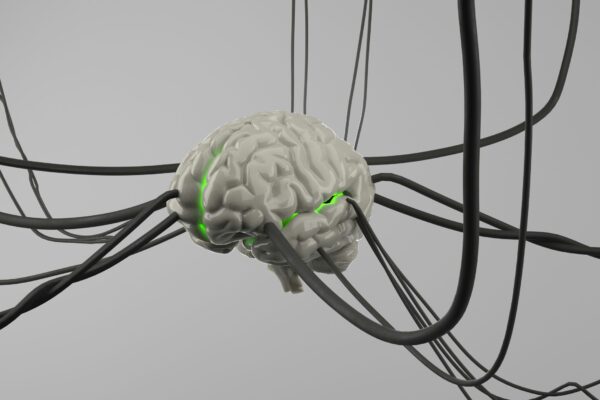
Imagine controlling your phone with a thought or restoring vision to the blind. Neuralink, a pioneering neurotechnology company founded by Elon Musk in 2016, is turning these possibilities into reality. With its cutting-edge brain-computer interface (BCI), Neuralink is redefining how we interact with technology and treat neurological conditions. Here’s a look at what Neuralink is,…
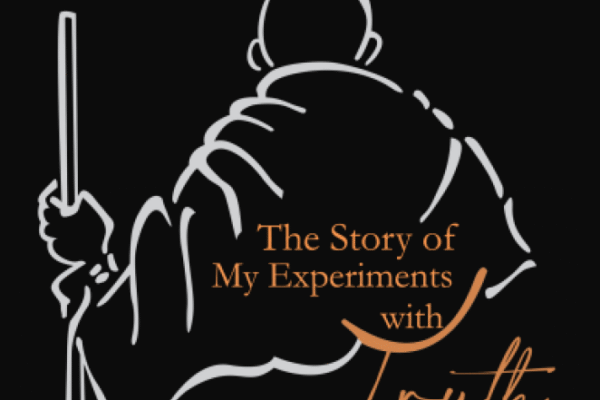
My Experiments with Truth, Mahatma Gandhi’s autobiography, is a profound and introspective account of his life, philosophy, and relentless pursuit of truth and nonviolence. Written with unflinching honesty, the book traces Gandhi’s journey from his early years in Porbandar, India, to his transformative role as a global advocate for peace and justice. It’s not just…
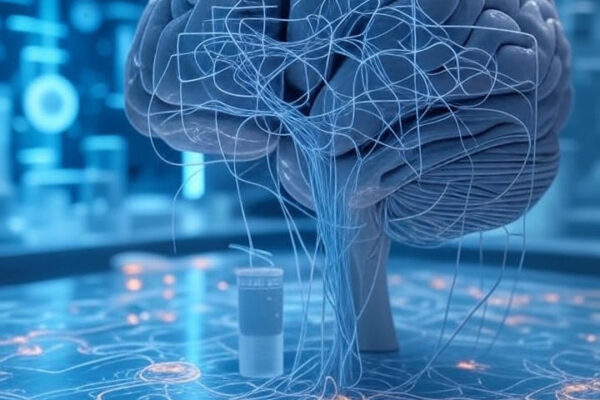
Neurotechnology refers to technologies that interact with the nervous system to monitor, modulate, repair, or enhance its functions. It integrates neuroscience, engineering, and computer science to develop tools such as brain-computer interfaces (BCIs), neuroimaging systems, neurostimulation devices, and neural prosthetics. These innovations aim to understand brain activity, treat neurological disorders, restore lost functions, and potentially…
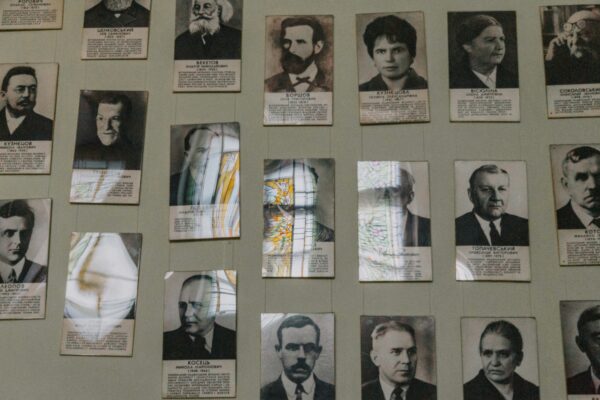
Physics has shaped our understanding of the universe, from the smallest particles to the vast cosmos. The following list highlights 30 of the most influential physicists in history, their groundbreaking discoveries, and the modern and future impacts of their work. Each physicist’s contributions are presented with an emphasis on their significance and ongoing relevance. 1….